Mulch Materials – Your Garden Canvas
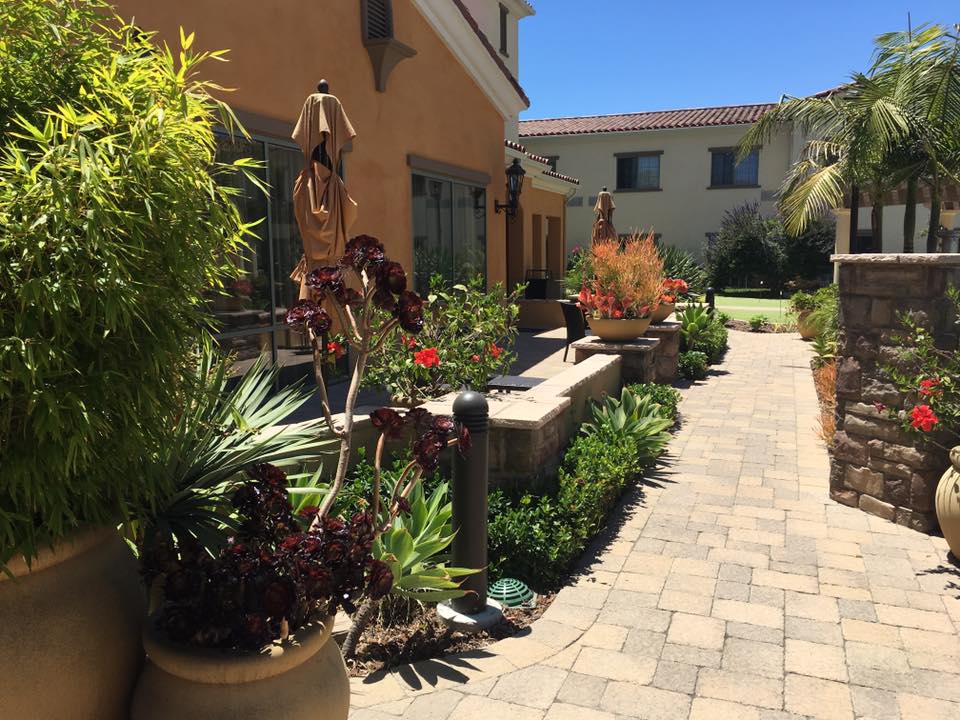
Gardening Expert in Santa Barbara-SB Evolution Landscape
There is no doubt that plants take center stage when it comes to garden design. Selecting just the right colors, choosing materials that complement or contrast each other, and adding interesting focal points throughout the garden are key design considerations that weigh heavily in every designer’s vision. But how often do we think about what lies below the plants? Mulch is a critical element in good landscape installation; not only does it insulate plants’ roots, slow evaporation of precious moisture, and suppress weed growth in our beds, it also serves as a veritable canvas upon which we create our living artwork. For newer gardens with smaller plants or even just those with a more minimalistic style—relying on a few interesting plant selections and plenty of “white space” between them—selecting the right mulch for the beds goes a long way in protecting the soil and creating a tidy appearance.
- Shredded bark or wood chips: Because these mulches are organic, they break down and contribute nutrients to the soil. Their natural appearance brings your plants to the forefront visually, and a variety of color choices allow you to select the right complement for the focal point plants in your garden. New much must be added regularly—usually each season depending on the rate of decomposition—but topping off does provide the opportunity to freshen the look of the beds as the old mulch breaks down or its color fades.
- Pine needles: Also organic, pine needles lend a forest-floor look to your garden, though it is important to use them where increased soil acidity is desired and appropriate for the selection of plants present. Very affordable, pine needles can also be flammable, so check your defensible space guidelines to determine whether this is the right choice of material.
- Aggregates: Fire-resistant and available in an array of materials and colors, pebbles and crushed rock type mulches have lasting impact in the garden. Because these mulches do not decompose, they have the obvious benefit of being a one-time install though they typically cost more than their organic counterparts. Caution must be used as they do not contribute nutrients to the soil and can transfer heat to the soil and roots below. Use primarily in the shade or sparingly to enhance the look of particular features such as a streambed or garden furnishings.
- Recycled materials: Considered the ultimate in “green” options, repurposed materials such as shredded tires or glass chips gives a second life to manufactured materials whose usefulness has otherwise expired. But like any inorganic, these materials do little to contribute to plant health and in some cases can leech undesired chemicals into the soil. Likewise, they can trap heat and therefore serve counter to the intent of retaining moisture. Carefully study the pros and cons of these materials and consider whether a repurposed organic material such as chipped bark would be a better option.
The material you choose will rely on a few key factors, such as the look you are trying to achieve, the needs of your plants, or your commitment to “green” practices. Your Santa Barbara landscape contractor can help you select the right mulch for your needs.



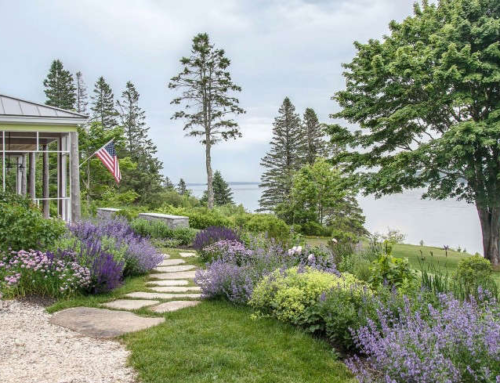
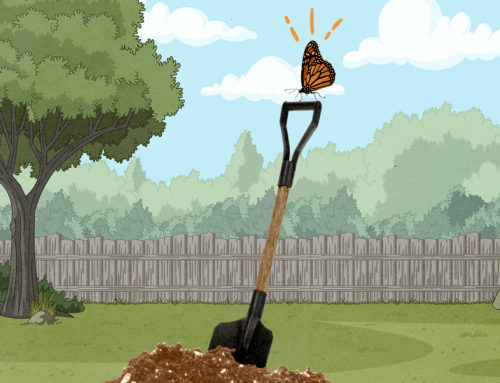
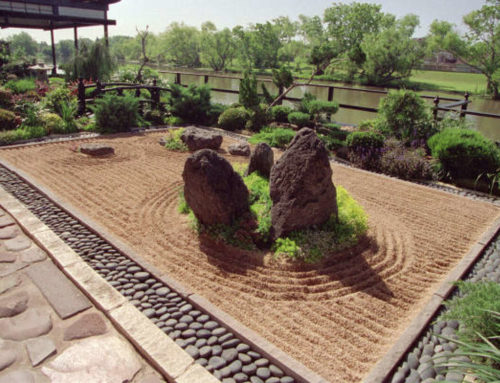
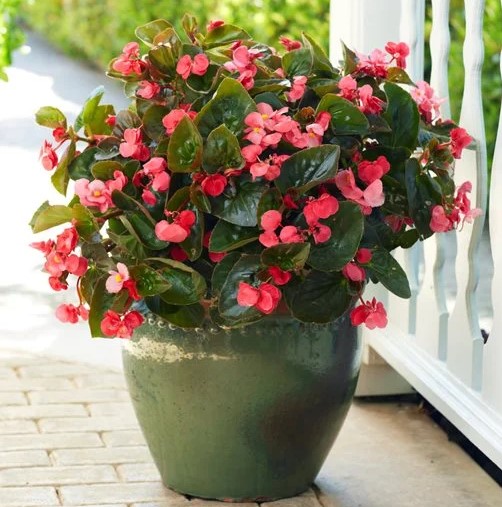

Leave A Comment
You must be logged in to post a comment.